Romesh Thappar vs State of Madras
Romesh Thappar v. State of Madras (1950) AIR 124, 1950 SCR 594
1. Background of the Case
Romesh Thappar was the publisher of a journal called “Cross Roads”.
The State of Madras passed the Madras Maintenance of Public Order Act, 1949, which empowered the state to prohibit the circulation of any publication considered likely to cause public disorder.
Under this law, the government banned the circulation of “Cross Roads” in the state.
Romesh Thappar challenged the ban as a violation of his fundamental right to freedom of speech and expression guaranteed under Article 19(1)(a) of the Indian Constitution.
2. Legal Issues
Whether the ban on the circulation of the journal violated the freedom of speech and expression.
Whether the restriction imposed by the Madras Maintenance of Public Order Act was reasonable under Article 19(2) of the Constitution.
3. Constitutional Provisions Involved
Article 19(1)(a): Guarantees the right to freedom of speech and expression.
Article 19(2): Allows the state to impose reasonable restrictions on this freedom in the interests of security of the state, public order, decency, etc.
4. Arguments
Petitioner’s Argument:
The ban violated the constitutional guarantee of free speech.
The restriction was not reasonable or necessary for public order.
Suppression of ideas and opinions was against democratic principles.
State’s Argument:
The law was enacted to maintain public order.
The publication had content that could incite public disorder.
The restriction was within the powers granted by Article 19(2).
5. Judgment by the Supreme Court
The Supreme Court struck down the Madras government’s order banning the circulation of the journal.
Key findings:
The freedom of speech and expression is essential for democracy and the functioning of the constitution.
The Court held that the state could impose restrictions only if they were reasonable, proportionate, and justified by a clear and present danger to public order.
The government failed to prove that the publication was a threat to public order.
Mere possibility or apprehension was not enough to justify curtailment of freedom.
The judgment emphasized that free circulation of ideas and opinions is fundamental to democratic society.
6. Significance of the Case
This was one of the earliest cases interpreting Article 19(1)(a) after the Constitution came into effect.
It laid down the principle that freedom of speech and expression includes the right to propagate ideas through print and publication.
The case established the “clear and present danger” test for imposing restrictions on free speech.
It reinforced the idea that restrictions must be narrowly tailored and not arbitrary.
The judgment strengthened the democratic fabric by protecting the free flow of information and opinions.
7. Subsequent Influence
The principles laid down in Romesh Thappar have been followed in many later judgments related to free speech, including:
Bennett Coleman & Co. v. Union of India (about freedom of the press)
S. Rangarajan v. P. Jagjivan Ram (on film censorship)
Shreya Singhal v. Union of India (on intermediary liability and online free speech)
The case helped shape India’s approach to balancing free speech with reasonable restrictions.
8. Summary
| Aspect | Details |
|---|---|
| Court | Supreme Court of India |
| Citation | AIR 1950 SC 124 |
| Issue | Validity of ban on circulation of journal |
| Constitutional Provisions | Article 19(1)(a) & 19(2) |
| Decision | Ban unconstitutional; violation of free speech |
| Test for Restriction | Clear and present danger; reasonable and proportionate restrictions only |
| Impact | Landmark judgment protecting free speech in India |



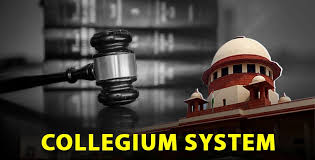
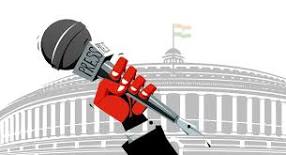



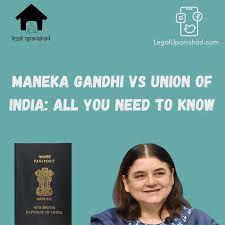
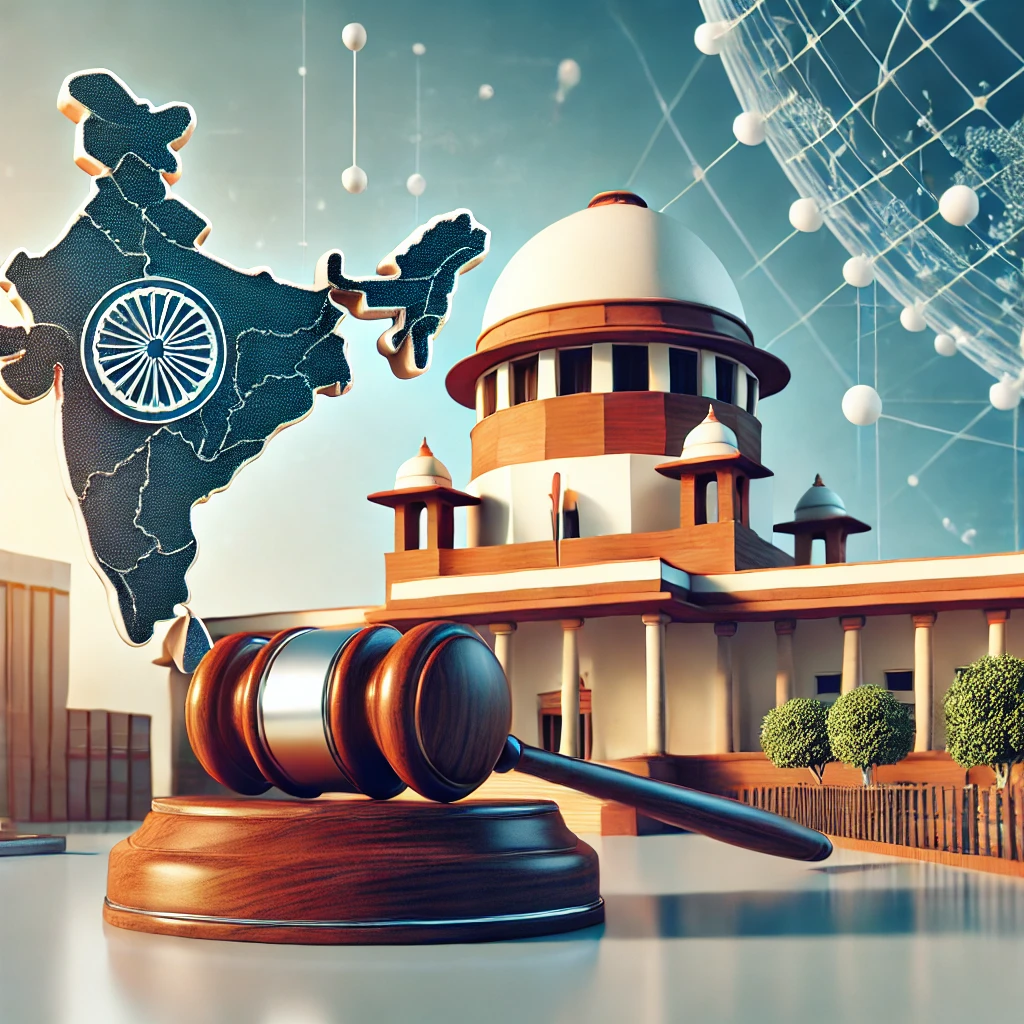
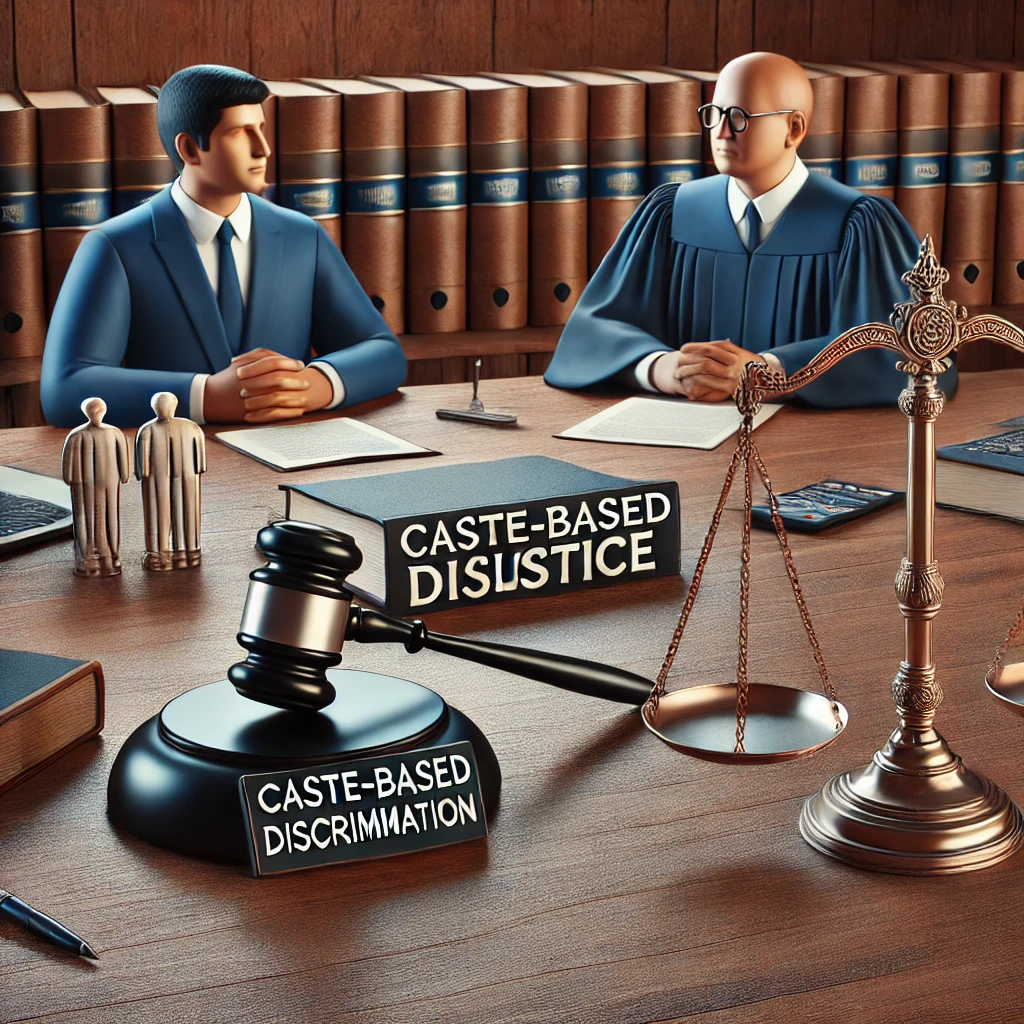
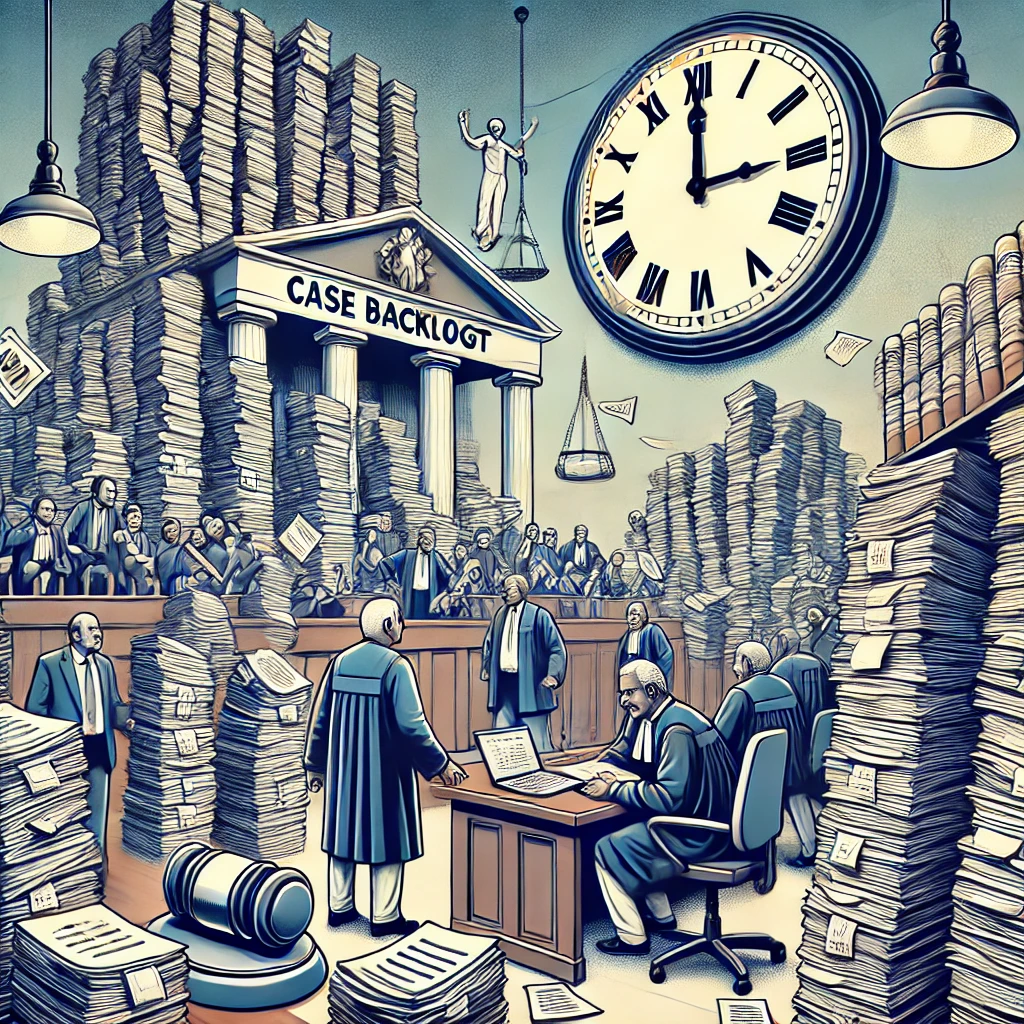



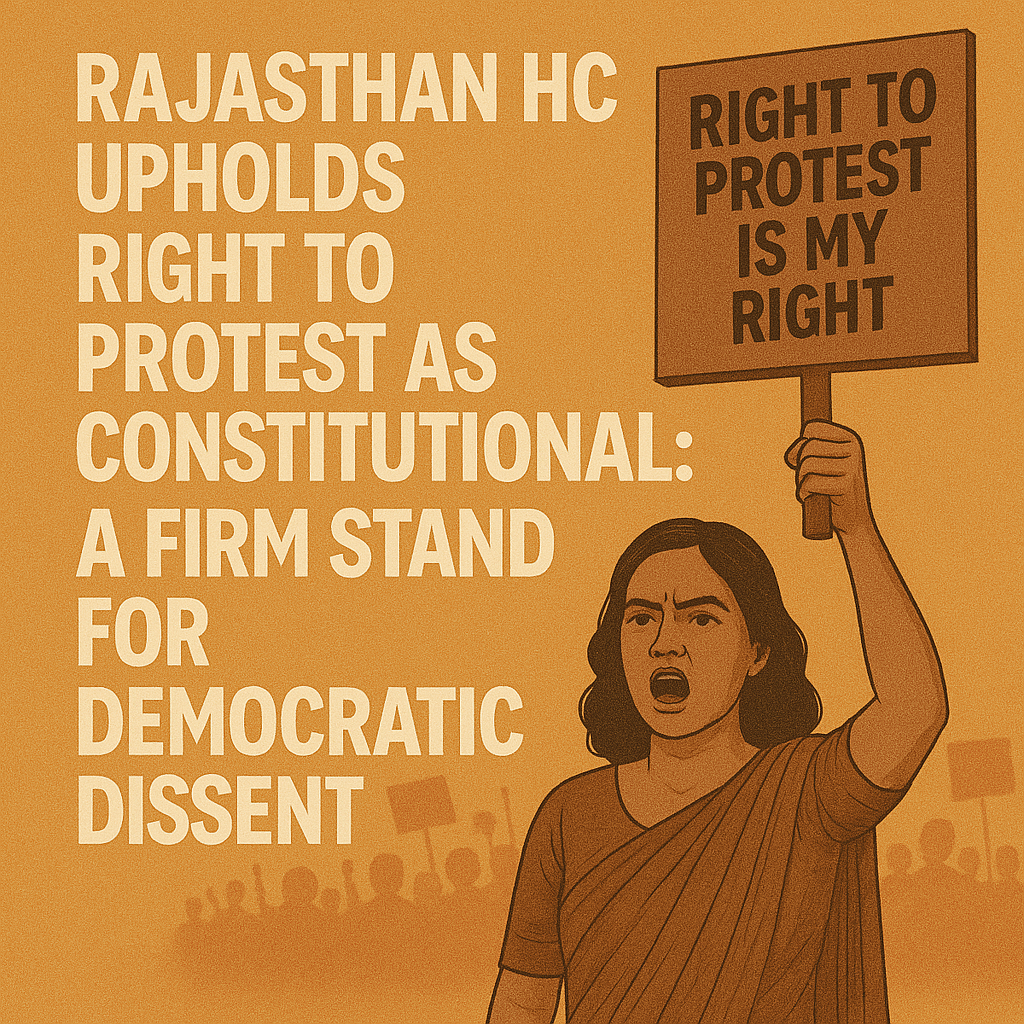
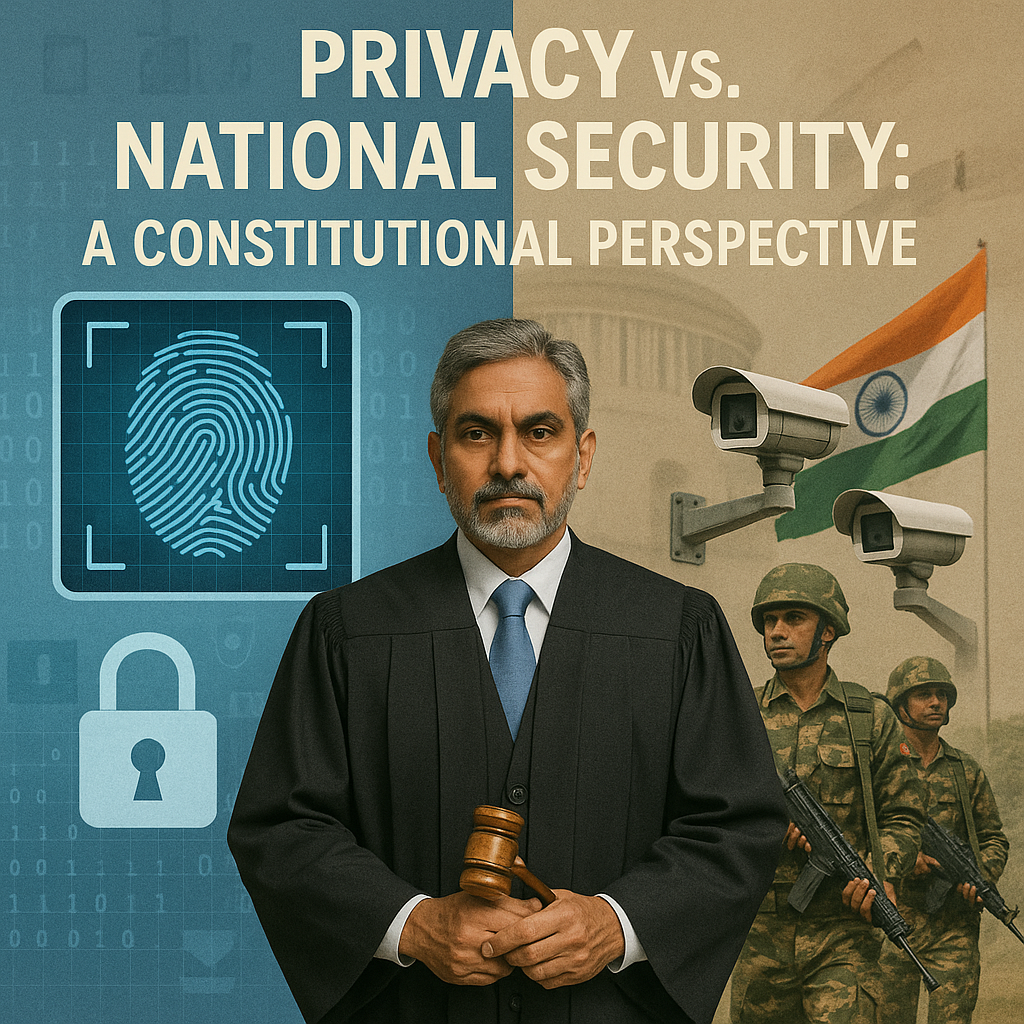

0 comments